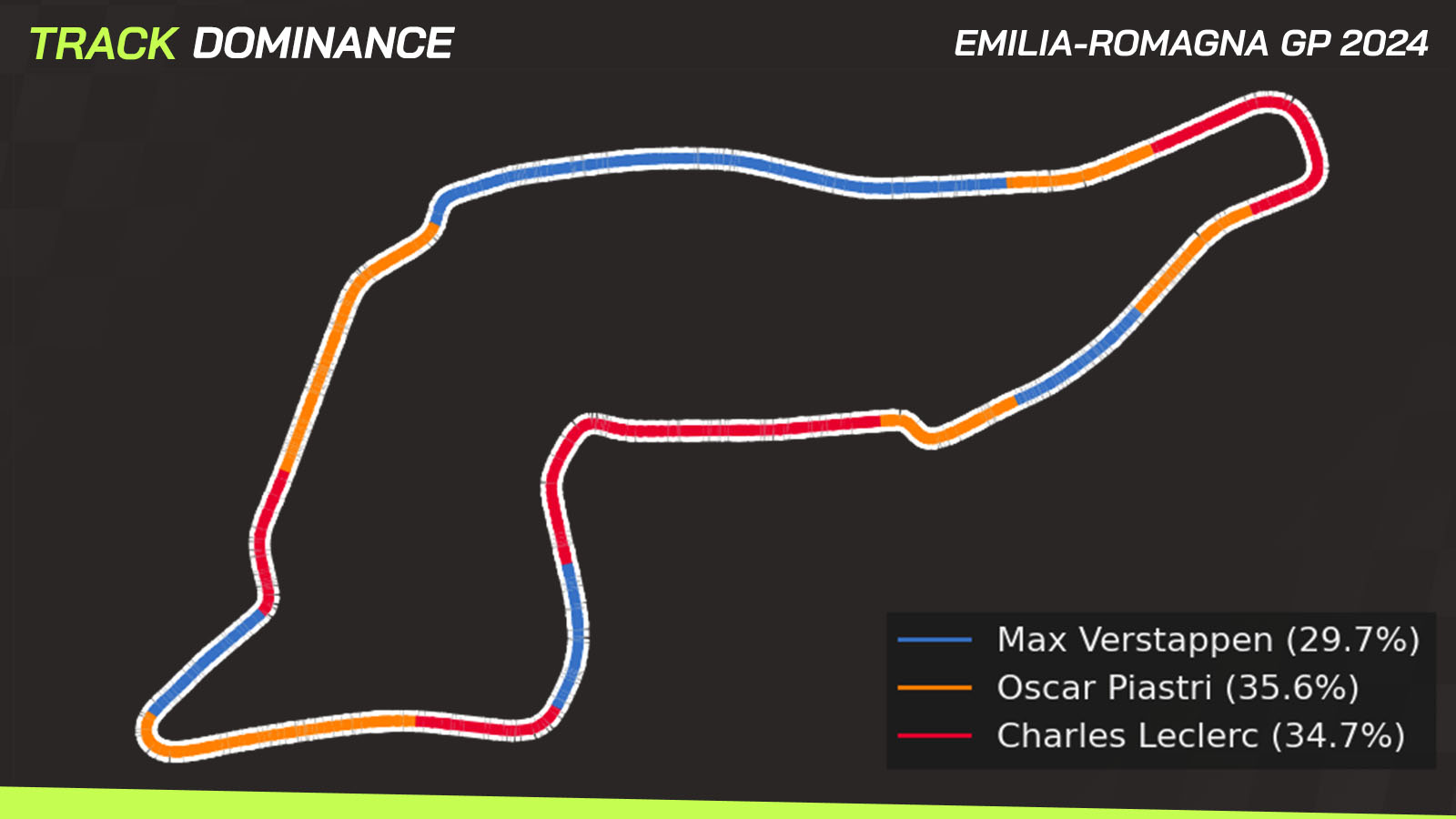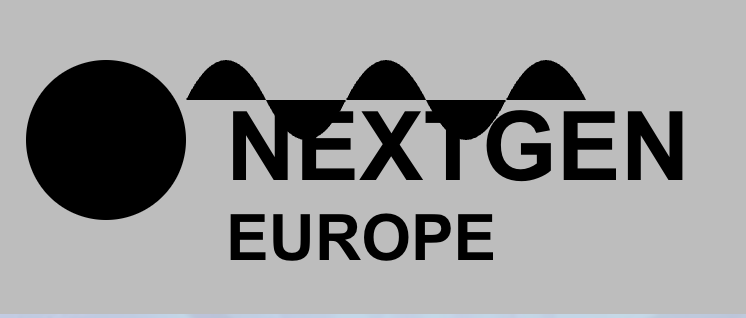Ferrari aims to challenge both Red Bull and McLaren in the upcoming competition.
This past weekend at Imola, we witnessed a completely different look for Ferrari and all their long-awaited upgrades.
Nevertheless, following the race in Italy, the red team’s upgrades raise doubts regarding their effectiveness since they remained the third fastest behind McLaren and Red Bull on Sunday.
Ferrari Imola upgrades analysed ahead of Monaco Grand Prix
Upon initial observation, the sidepods exhibit the most prominent alterations, as both the geometry and inlet have undergone a complete transformation.
As we could already predict, Ferrari has continued with the overbite trend, which Red Bull started at the beginning of this season. However, Ferrari hasn’t copied this philosophy but implemented it uniquely along with another design we saw on Alpine this year.
Engineers demonstrate their exceptional skills by assimilating various concepts and applying them in their own distinctive manner, as exemplified here.
En este momento, la entrada vertical se encuentra conectada a la entrada principal del pontón.
Now the vertical inlet is connected to the main sidepod inlet.#f1 #imola pic.twitter.com/XWbZEo2En0
— Albert Fabrega (@AlbertFabrega) May 16, 2024
One of the key benefits of the overbite inlet, as opposed to the previous underbite solution, is the presence of clean air flowing over the top of the sidepod.
Controlling and directing the clean air-flow becomes significantly easier, enabling precise management towards crucial aerodynamic components positioned at the back of the vehicle.
Additionally, it is evident that the sidepod inlet takes on the form of an inverted “L,” unlike Red Bull’s design where it is not divided, but rather constitutes a single inlet.
At the start of this season, we noticed a strikingly similar concept on Alpine’s vehicle.
Thanks for the memories, China ✌️ pic.twitter.com/7AzFfCAKpj
— BWT Alpine F1 Team (@AlpineF1Team) April 21, 2024
The lower section of the inlet is designed to gather the contaminated air that originates from the front suspension and tends to adhere to the side of the car’s nose.
Moreover, this configuration significantly increases the available area within the undercut region situated beneath the sidepod.
Engineers dedicate significant attention to this specific area within the aerodynamics, as a well-crafted undercut plays a crucial role in channeling high-energy air to the diffuser, thereby enhancing its operational efficiency.
To ensure the car’s floor generates the required amount of downforce, it is essential to operate the diffuser efficiently.
Ferrari has introduced a new inlet change that has resulted in a significantly larger undercut region, expected to greatly benefit the rear of the car.
The sidepod region holds an intriguing element known as the “cobra” design, positioned behind the halo, worthy of mention.
Además, se realizaron modificaciones en las salidas de refrigeración, el soporte de los espejos y el ala trasera.
Also changes on cooling outlets, mirrors and rear wing
#f1 #imola pic.twitter.com/JBNh5IAFjh— Albert Fabrega (@AlbertFabrega) May 16, 2024
After numerous experiments in this area, Ferrari’s engineers ultimately settled on an unconventional design to harmonize with the various other modifications made to the car.
The primary objective of this component is to isolate the driver’s cockpit from the contaminated air and connect it as seamlessly as feasible to the surface of the car, thereby minimizing any loss.
The turbulent air will eventually exit below the rear wing, ensuring minimal impact on its efficiency. However, the primary emphasis lies on the clean air that flows over the sidepods.
New Front Wing, Cooling, Mirrors, and New Rear Wing
Supporting the main changes and optimizing their operation, additional upgraded elements are implemented.
There have been modifications to the front wing’s lines, resulting in a more pronounced and fierce appearance compared to its previous design.
The overbite design of the sidepod inlet is believed to be a contributing factor to the minimal impact of the more aggressive front wing on the airflow behind it, according to one theory.
The collaboration of these two components results in the efficient redirection of the airflow, which is drawn inwards once it passes over the front wing, towards the rear of the car by effectively guiding it over the upper edge of the sidepod.
It’s difficult to determine with certainty, but it’s possible that Ferrari’s front wing design might have negatively impacted their top speeds in Imola, something they greatly required.
In depth: The F1 2024 development race
Significant rear wing change for Ferrari catches the eye in Imola paddock
Uncovered: The mighty McLaren MCL38 upgrades threatening to dethrone Red Bull’s RB20
The red team’s fans may find satisfaction in knowing that the upcoming race in Monaco deviates from the norm, as it places less importance on top speed compared to any other race on the calendar.
Ferrari has made its first rear wing change of the season, featuring much sharper and more aggressive outer edges in comparison to its previous design.
As a result of this transition, Ferrari made slight adjustments to the rear suspension and engine cooling, incorporating two new sizable outlets.
The #Ferrari SF-24 2.0 that will be in Imola has a new aerodynamic look, including a new rear wing. The spec. is the same as used in all six races held, but the ends of the second flap are now "cut" without the final curvature. A solution that takes up an idea already seen on… pic.twitter.com/piIx5fUpB1
— Rosario Giuliana (@RosarioGiuliana) May 15, 2024
The ultimate objective remains consistent – to minimize the impact of low-energy air from these outlets on the rear wing and diffuser, thus necessitating precise direction.
Teams take full advantage of the loophole in the FIA regulations by not including the limited time in the wind tunnel and the time allocated for CFD simulations when testing the car’s cooling system, which is an interesting fact.
Is the SF24 EVO a step forward for Ferrari?
Following the race, it is evident that Ferrari failed to meet the expectations of their fans.
At first, it appeared that Ferrari had the potential to rival Red Bull. However, during the Imola weekend, it was McLaren that came remarkably close to doing so.




As depicted in the image above, it is evident that Ferrari encountered difficulties in achieving high top speeds.
Their greatest speed advantage was actually evident in slow and medium-speed corners. However, they lacked the necessary performance during both qualifying and the race to contend for the top position.
They certainly made progress in one particular area, which is effectively managing tire temperatures for both the medium-soft and hard Pirelli tires.
Based on the race data, it is evident that they are undeniably one of the top contenders in the Monaco race.
Ferrari possesses the exact qualities that are crucial for excelling in slow corners – exceptional stability and speed.
Read next: Follow PlanetF1.com’s WhatsApp and Facebook channels for all the F1 breaking news!
